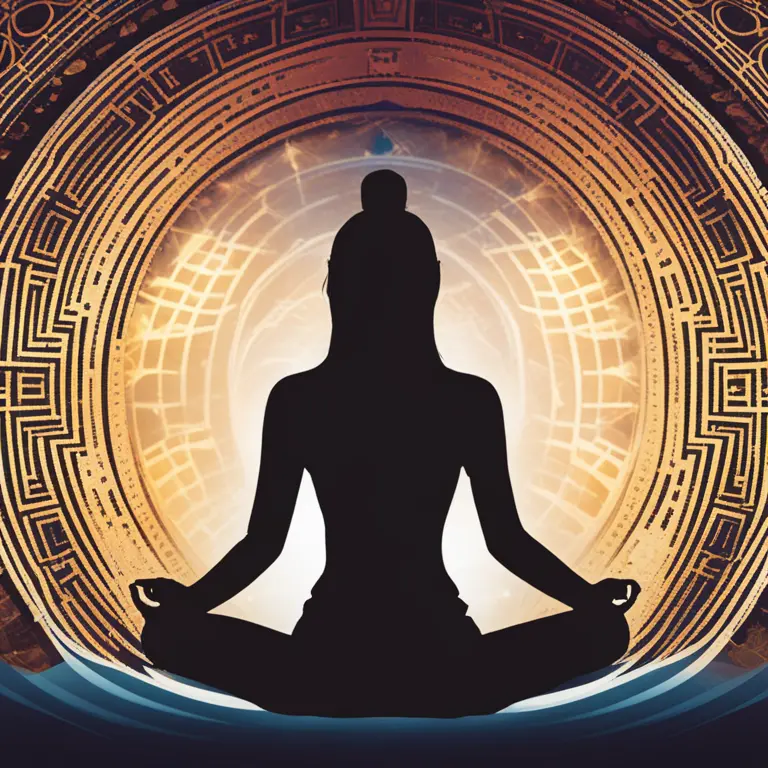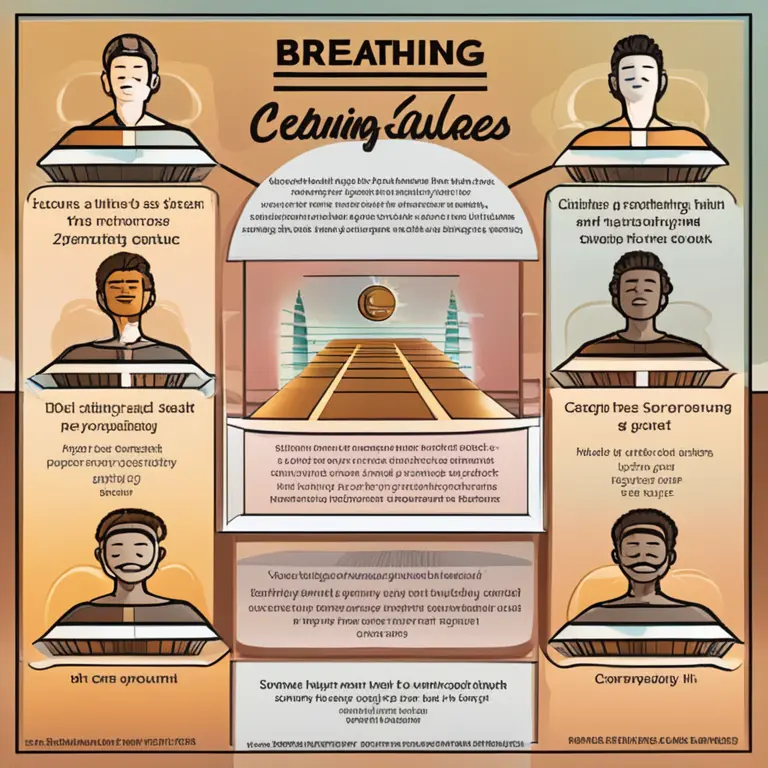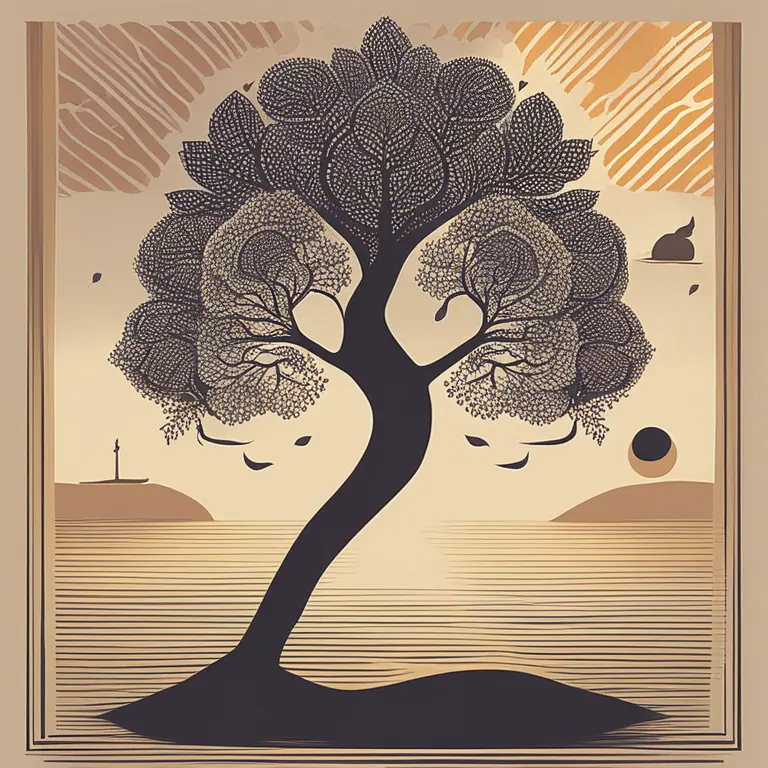
Effective Meditation Techniques for Inner Harmony
Discover practical meditation methods to foster mindfulness, relaxation, and psychological balance in this insightful guide.
article by Hina Kurosawa
Introduction to Meditation
Meditation is a practice that dates back thousands of years, yet it continues to provide profound benefits for contemporary individuals seeking peace, clarity, and stress reduction. In our fast-paced world, mindfulness and meditation have become more important than ever, as they help to calm the mind and align the body with the spirit. With its roots in various cultural traditions, meditation can take many forms, and numerous techniques have been developed to suit different preferences and lifestyles. Whether you're a beginner or an experienced practitioner, these strategies can enhance your meditation experience, encouraging a deeper connection within and promoting overall well-being.

Breathing Techniques
Breathing is the cornerstone of many meditation practices and can be an effective tool for calming the mind and body. Deep breathing, also known as diaphragmatic breathing, involves taking slow, full breaths from the abdomen. This technique promotes oxygen flow and triggers the relaxation response in the brain. Alternate nostril breathing, a technique from the yogic tradition, is another powerful method that balances the hemispheres of the brain and supports emotional equilibrium. Practicing these breathing techniques for a few minutes each day can significantly improve focus, reduce anxiety, and center your energy.

Guided Meditation
Guided meditation is a convenient option for those who appreciate external support and structure during their practice. It involves following the spoken instructions of a guide, which can be accessed through apps, online platforms, or in person at a workshop or class. Guided meditations can address specific topics such as stress release, self-confidence, or healing, providing a narrative that facilitates deeper immersion in the meditative process. Additionally, this approach is excellent for beginners who may benefit from direction to maintain focus and intention throughout their sessions.

Mantra Meditation
The use of mantras or repeated phrases is a meditation technique that hails from the Vedic tradition and forms the basis of practices like Transcendental Meditation. A mantra can be a sound, word, or phrase, which is silently or audibly repeated to help focus the mind and transcend surface thoughts. The repetition of a mantra can be incredibly soothing, serving as an anchor that draws attention away from the distractions and towards a state of relaxed awareness.

Moving Meditation
Not all meditation needs to take place sitting still. Moving meditation combines mindfulness with gentle movement to bring about a meditative state. Forms of moving meditation include Tai Chi, Qigong, and even walking meditation. By synchronizing breath with movement, these practices help in centering the mind while also benefitting the body. People who find it challenging to sit for extended periods might find moving meditation a more accessible entry point into the world of mindfulness.
Mindfulness Practice
Mindfulness is the art of being fully present and engaged with the current moment. Daily mindfulness practices can transform ordinary experiences into opportunities for meditation. Simple acts, such as paying attention to the sensations of eating, feeling the textures of different surfaces, or consciously listening to the sounds around you, can help in cultivating a mindful state. Integrating mindfulness into daily life encourages a meditative mindset throughout the day, extending the benefits beyond dedicated meditation sessions.
Visualisation and Imagination
The technique of visualization involves conjuring mental images or scenarios to bring about relaxation or manifest certain goals. By imagining a peaceful scene such as a quiet forest or a tranquil beach, one can engage the mind in a way that promotes serenity and reduces stress. Creativity in visualization can lead to profound personal insights and enhance one's ability to focus during meditation. This technique can also support personal development by helping practitioners visualize their goals and the steps needed to achieve them.
Published: 1/18/2024
Modified: 1/18/2024
More predictions
Come back here soon to learn more about yourself and your future

